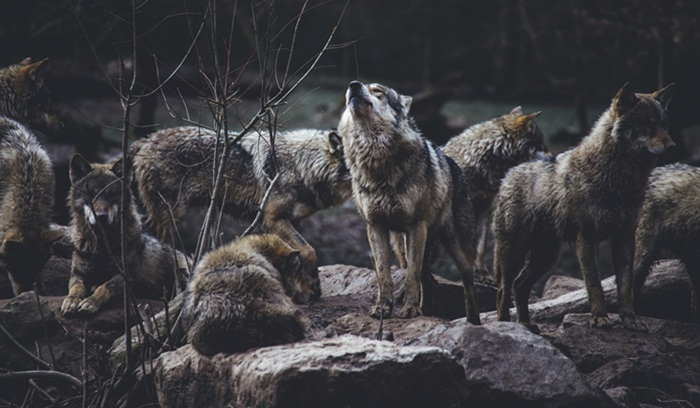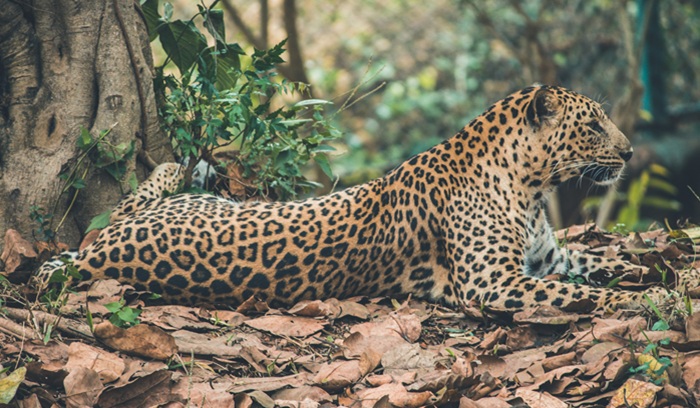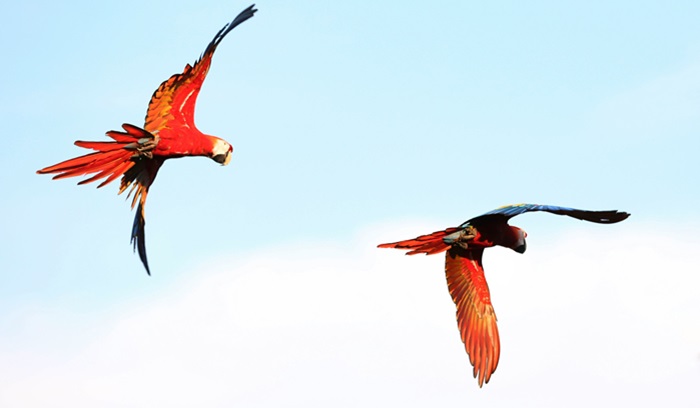Rwanda’s endangered crowned crane population has tripled since 2017
Just 10 years ago, Rwanda’s gray crowned cranes were vanishing. Once a familiar sight in wetlands across East Africa, their numbers in Rwanda had collapsed, driven by habitat loss and capture for the exotic pet trade. That grim picture has now changed dramatically, thanks largely to the work of Olivier Nsengimana, a veterinarian and founder of the Rwanda Wildlife Conservation Association, which has led a national campaign to rescue, rehabilitate, and eventually reintroduce captive cranes to the wild.










